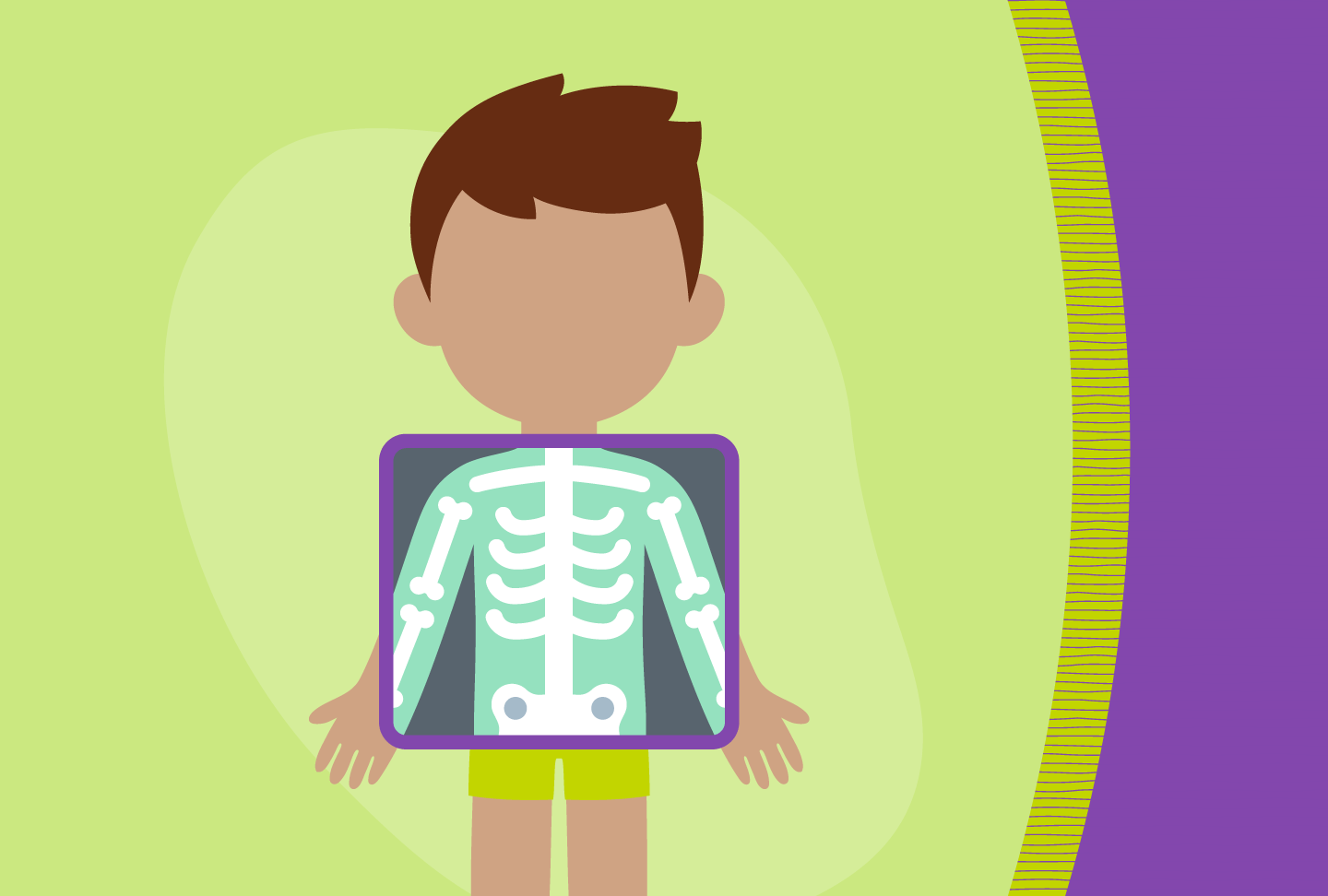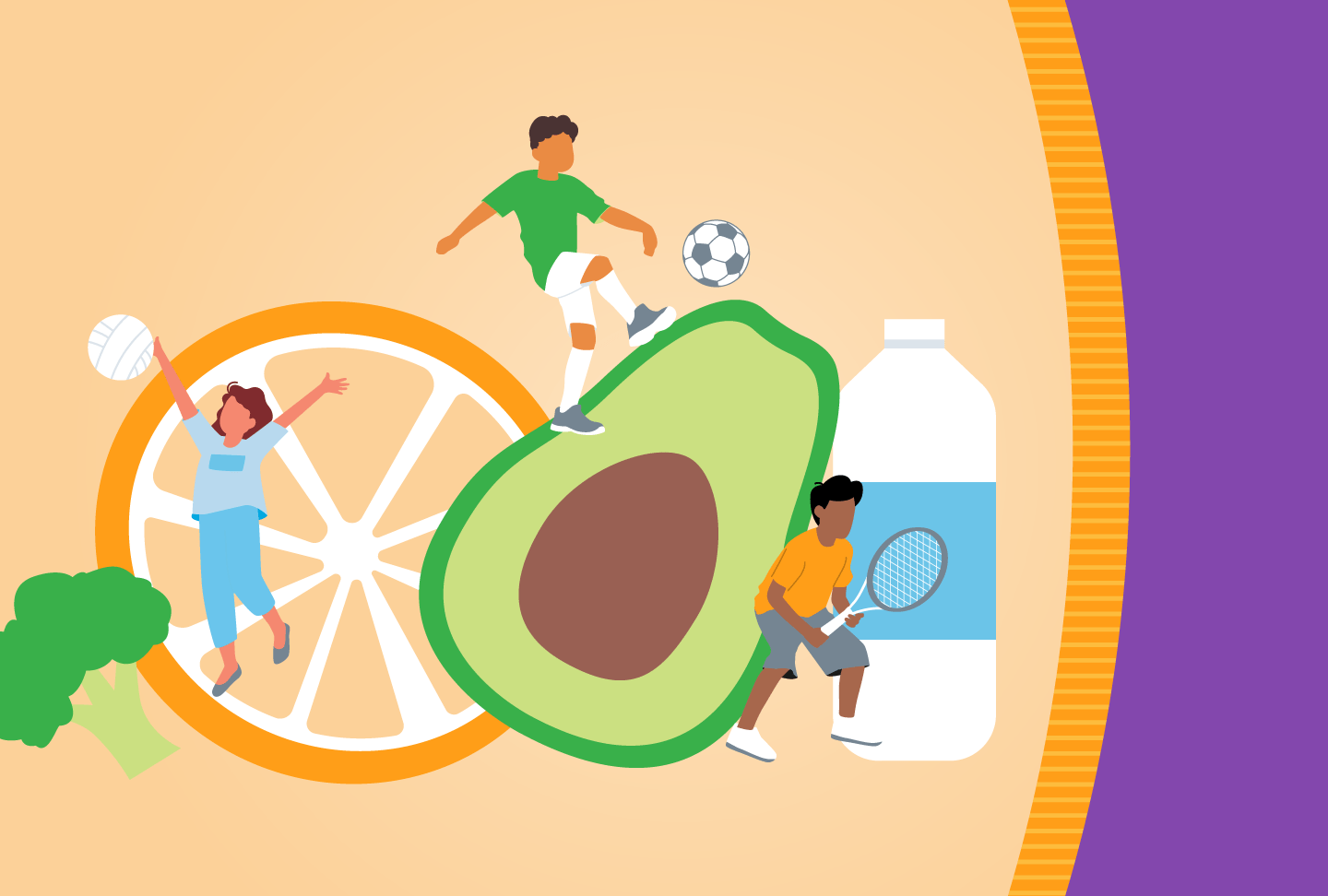Children are not just smaller-size adults. Their bones and joints are still growing, and they need specialized expertise. Children and adults require different care and treatments, and the providers at Wellstar Pediatric Orthopedics are experts in caring for children’s bones.
How children’s bones grow
The skeleton is continuously renewing itself throughout our lifetime. During this process, older bone is removed and replaced with newer bone.
“As the child grows during childhood through adolescence, their body forms new bone quicker than the older bone is removed,” said Wellstar Pediatric Orthopedic Surgeon Dr. Lindsay Stephenson. “It is this process that allows for the bones to become denser.”
Peak bone mass is usually achieved in our 20s. In addition to a healthy diet, regular weight bearing and resistance exercises are also beneficial to building a strong skeleton.
Why children’s bones are different
There are many other differences between the bones of children and adults. In fact, when born, the body has about 300 bones. Some of these bones fuse together during growth and the final count in the adult skeleton is 206 distinct bones.
Another important difference is that children’s bones are still growing. This growth is both in the length of the bone and the diameter (or width) of the bone. Bones grow longer from a specialized area of the bone called the physis, which is also known as the growth plate. Because children have an active (or open) growth plate, there are special considerations when the bone is fractured. One of these is an advantage for children. Because of the growth capacity in their bones, it is possible that fractures that are not perfectly aligned can heal and the bone may straighten out during the process of natural growth. This means that fractures that would require surgery in an adult do not necessarily require as intense treatment in a child.
The disadvantage, however, is that in some cases, the fracture can involve the growth plate, known as a physeal fracture. In some patients, usually those with more severe physeal fractures, there is a risk that the growth plate is damaged and can result in abnormal growth of the bone after the fracture is healed. A pediatric orthopedic surgeon is trained to treat these injuries and to monitor the bone for evidence of a developing issue with bone growth.
Find an orthopedic expert near you
Wellstar pediatric orthopedic specialists evaluate the whole child to assess how an orthopedic condition affects their overall health and wellness. To schedule an appointment for your child, visit wellstar.org/pedsortho or call (404) 321-9900.




